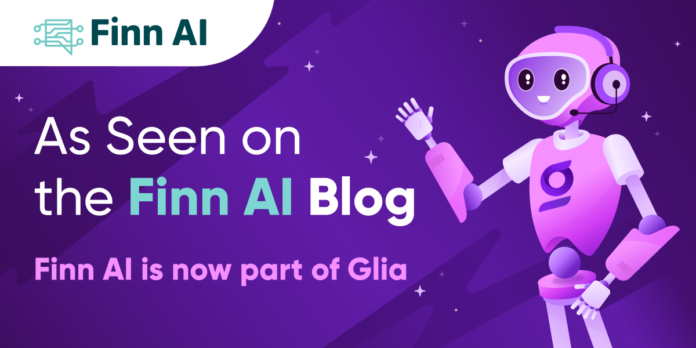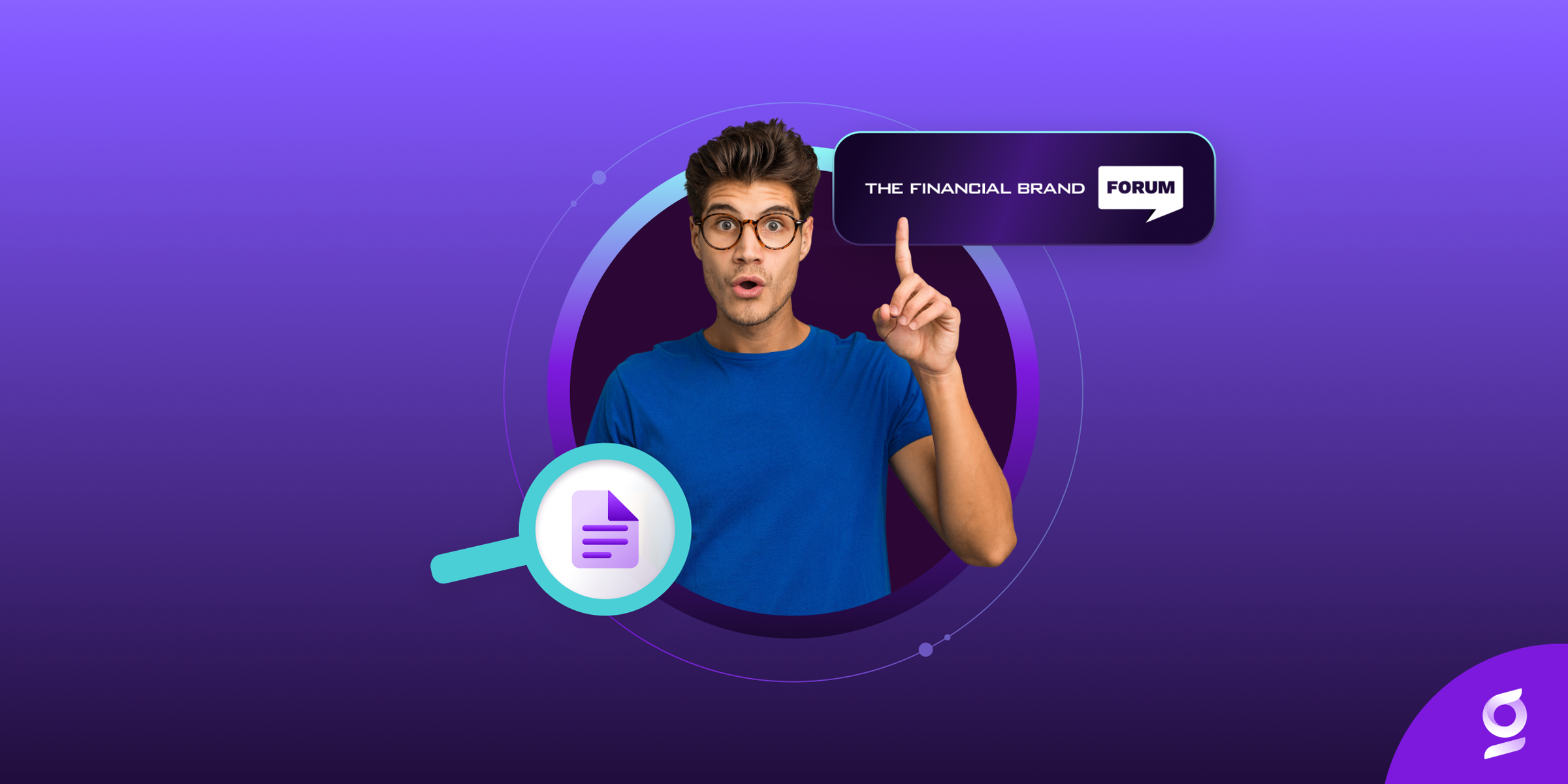This post originally appeared on the Finn AI blog. Finn AI is now a part of Glia.
Customer acquisition is an emerging use case for the application of AI-driven chatbots. By implementing conversational AI banking into key points of the customer journey, banks can speed up the sales cycle, win new customers and upsell existing customers faster, while reducing customer acquisition costs.
According to McKinsey, there is already a significant shift from physical to digital channels for customer acquisition in retail banking. Banks with the scale and skills to seize the opportunity will achieve customer-acquisition costs of two to three times lower than their peers.
Banks with the scale and skills to seize the opportunity will achieve customer-acquisition costs of two to three times lower than their peers.
– McKinsey
Removing Friction From Customer Subjournies
Subjournies are the touchpoints a customer has within a particular stage of the buyer journey. During the consideration stage, for example, subjournies would include things like researching options on the website, comparing financial products against one another, and so on.
A study by McKinsey found that the ‘researching options’ subjourney has eight times the impact on the customer experience than other account-opening subjournies. Banks that prioritize these high-impact subjournies will experience a lift in customer satisfaction up to 20% and an increase in customer acquisition.
One customer pain point is the volume of information online and the complexity of the financial products offered. Conversational AI is the most effective way to redesign these customer touchpoints since you can translate data into personalized products and real-time offers that appeal to the individual in a simplified way.
Most of the Buyer Journey is Happening Online
According to PwC, banking customers still favor traditional channels when applying for a loan (59%), a checking or savings account (58%), or a brokerage/investment account (43%). However, regardless of the channel, they reach for their laptop or mobile device before making a decision. Almost three quarters start by researching investment products online or through apps.
73% of prospective bank clients start by researching investment products online or through apps.
– PwC Digital Banking Customer Survey
Buyers today like to be informed. According to PwC, most financial consumers are goal-oriented—and they need help reaching those goals. Online research is all well-and-good but many consumers find finance difficult to understand and the options, terms, and conditions overwhelming. Banking customers know their financial goals, but few know what to do to achieve them.
This is where conversational AI banking can slot into the buyer journey, removing complexity for the buyer, and speeding up the sales cycle for the bank.
5 ways Conversational AI Impacts Customer Acquisition
1. Quicker Lead Conversion
Artificial intelligence simplifies the buyer’s journey by removing a lot of the noise. Banks can accelerate existing marketing programs and shorten lead-to-conversion time. Customers can receive curated product information and suggestions, creating a more engaging experience. Conversational AI also reduces customer friction points, making it easier for them to apply for products and services. This increases the speed at which they convert, which in turn makes it more likely that you will acquire them as a customer.
2. Enhanced Product Recommendations
Banking AI can help banks decipher data and patterns to anticipate buyer behavior and make meaningful recommendations about the products and services that best suit the needs of each individual shopper. For example, a cohort of buyers with similar salaries and lifestyles might express interest in retirement investment at a certain age or stage of life. Banking AI can learn from this cohort’s behavior and tailor preferred investment solutions to surface to other individuals that look and behave like them.
3. Hyper-Personalization
One of the biggest challenges that the retail bank industry faces is differentiation. In this increasingly competitive space, customers compare banks based on price and most often go with the best value. With Banking AI, banks can offer unique personalized packages based on a person’s financial goals and bundle a number of products together in one package. By offering personalized packages, banks can avoid competing on price.
4. Reduction in Sales Headcount
Banking chatbots have the potential to help banks cut labor costs significantly. While complete automation of the sales workforce is not realistic, automating some sales positions will result in considerable savings. A recent report predicts that companies can automate 36% of sales representative positions, resulting in total annual estimated savings of at least $15 billion from salaries.
Companies can automate 36% of sales representative positions, resulting in total annual estimated savings of at least $15 billion from salaries.
– Business Insider
5. Lower CAC
The fight for share of wallet has never been so complex—nor has it been more expensive. The average customer acquisition cost (CAC) has been rising across all industries as it takes more expensive promotions, rewards programs—and more ad spend— to win customers. In 2018 alone, online channel ad spend increased by over 100% on some channels. Yet this significant increase doesn’t always translate into more business.

Conversational AI banking can drastically reduce customer acquisition costs while also delivering better customer experiences. It uses your data to help you anticipate customer needs. In turn, you can create more personalized marketing campaigns and improve conversion rates on existing marketing programs.
Interested in learning more about how banks can use AI to improve the buyer journey? Request a personalized demonstration.






